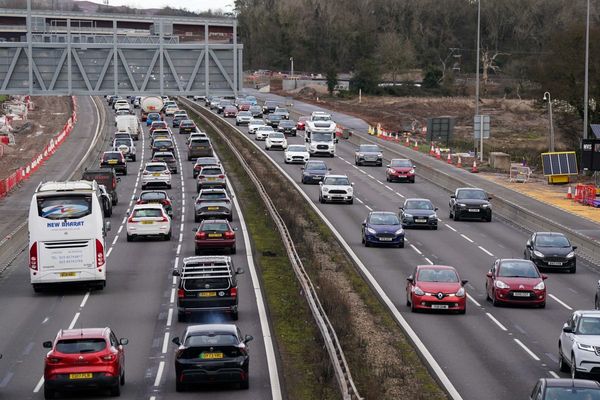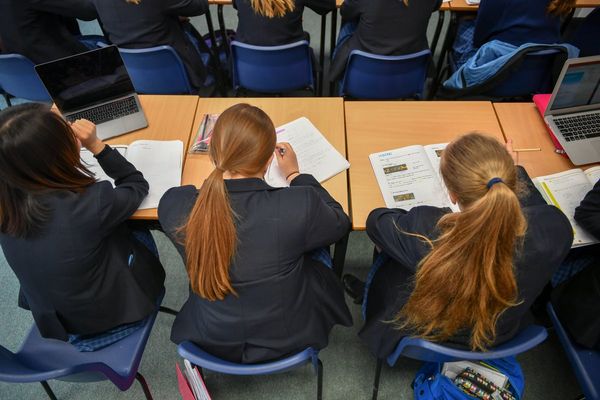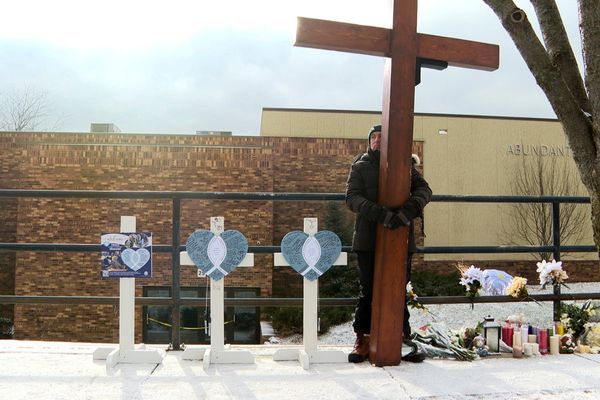
Qantas is facing an existential threat to its divide-and-conquer industrial relations policy, which is now ready to be picked to pieces by the Fair Work Commission (FWC).
The airline is in the final phase of a dispute with the 250 pilots who work for its Perth-based subsidiary, Network Aviation (NA), over a new enterprise bargaining agreement that stretches back to 2019. Pilots rejected agreements agreed between Qantas and unions four times in 2023 and early 2024 and have also taken strike action.
In March, the FWC case deemed the dispute to be “intractable bargaining” under the Albanese government’s “Closing Loopholes” legislation, designed to provide fairer outcomes for workers. NA pilots argue that their remuneration and conditions are the worst in the Qantas group and that many are now on below-award wages.
Awkwardly for the company, Qantas is expected to unveil bumper profits on August 28 (its first-half profit was $873 million) as it tries to argue it cannot afford to give its regional pilots a better deal.
In a decision handed down last Friday, the FWC ruled on the agreed terms to be included in the case while deciding that many issues agreed between the parties, such as raising wages to award levels, should stand as agreed.
The FWC has laid out 11 separate areas — including paying NA pilots the same salary for flying similar planes as other Qantas pilots — that it will adjudicate on, ending the possibility of trade-offs between pilots and the company.
Crucially, these include the company-wide wages policy that has infuriated workers and unions with its two-year pay freeze and 3% per annum pay rises, which are below the CPI. The opportunity for management and unions to negotiate is finished for certain areas, such as rostering, start times after days off, rostered days off, leave, sign-on timing and business class duty travel.
The case, which unions said could run into next year, is effectively a precedent-setting test for the industrial relations model established at Qantas under former CEO Alan Joyce, which has so far been continued by his successor Vanessa Hudson and led by Qantas’ unpopular lead negotiator Nathan Safe, a former union boss.
The Qantas case is also a test of broader industry pay and conditions, and of the new legislation that has introduced intractable bargaining. As such, it will be watched closely by Qantas management, unions, and the corporate sector more widely.
Company insiders believe the FWC decision is why Qantas’ main union, the Australian and International Pilots Association (AIPA), has quickly backflipped on its original decision to reject a draft enterprise bargaining agreement for short-haul pilots. The new EBA would embed the brutal wages policy for a further five years for those pilots.
AIPA is now accepting a deal that remains substantially unchanged although it was not a unanimous union management decision.
“The committee of management [CoM] is acutely aware of your frustration surrounding the company’s need for you to accept the concept of a ‘pay freeze’ and the associated flow-on effects this causes,” AIPA president Tony Lucas said in a note to his members.
“We also acknowledge the levels of anger that still exist within the pilot community and that there will be those who still disagree with CoM’s decision. Such is the tightrope your CoM walks when trying to thread the needle on achieving an agreement that we believe achieves the interests of as many members as possible, whilst also balancing the numerous considerations and risks of the industrial landscape.”
There is a belief among the short-haul pilots’ group that Qantas wants to rush into a vote on the new EBA (within four to six weeks) before the FWC starts adjudicating on key issues that will have repercussions across the whole group. Qantas’ representations to the FWC, once detailed hearings are underway, will also shine a light on any changes in strategy by the new John Mullen-led board.
Qantas has argued in negotiations with unions that NA makes only slim margins, but the airline has refused to open its books to unions. The FWC may decide to change that, union representatives said.
However, in a clear sign that there is money to be made in regional and fly-in-fly-out services for the mining sector, which forms the bedrock of NA’s business, FIFO operator Alliance Airlines recently revealed its annual profits would be up 60% to $84 million in the last financial year.
Another problem for Qantas could be the chunky, $18,000-per-year retention bonuses it is offering some NA pilots to stay with the company while EBA negotiations drag on, due to the high levels of pilots leaving the regional airline in favour of better offshore offers, jobs at Virgin and a new FIFO start-up operated by major mining corporation Mineral Resources (MinRes). The miner’s first aircraft took to the sky on July 2, offering better deals for its workers on routes that could have been run by NA — as well as more legroom for miners than Qantas offers in any of its economy class seats.
One pilot from NA who spoke to Crikey described an environment where “morale was at rock bottom, people had not had a pay rise since 2019 and there is a steady stream of pilots leaving the company to the point where flight deck crew levels are so slow that cancellations are taking place most days.”
The pilot said that there were “at least 20”, or close to 10%, of NA pilots who are planning to leave the company before the end of the year.
Crikey understands that the pilot shortage is starting to hit other Qantas regional subsidiaries including Adelaide-based National Jet Systems. That makes the airline’s intransigence on pay and conditions for the staff who fly its planes, as well as look after its passengers, all the more problematic.
Australia has no room for more than three airlines, stated Hudson last week during a brief stopover in Perth en route to Paris, the latest spin to help protect her business — and bonus.
“If you think about why three airlines really struggle, it’s a number of things — our population; the US has 250 million people, we have 26 million, and spread between the economics of being a viable airline, it’s incredibly challenging because it’s capital intensive,” Hudson said, in a story penned by a journalist flown to Paris by Qantas.
But there are a range of other factors including the distribution of airline landing slots, better pricing regulation, regional subsidies, and a system of customer guarantees available in many other countries that could be implemented to better level the playing field.
Hudson will soon find out if the government is keen for more competition when its Aviation White Paper — aimed at growth and innovation in the sector — is released.







